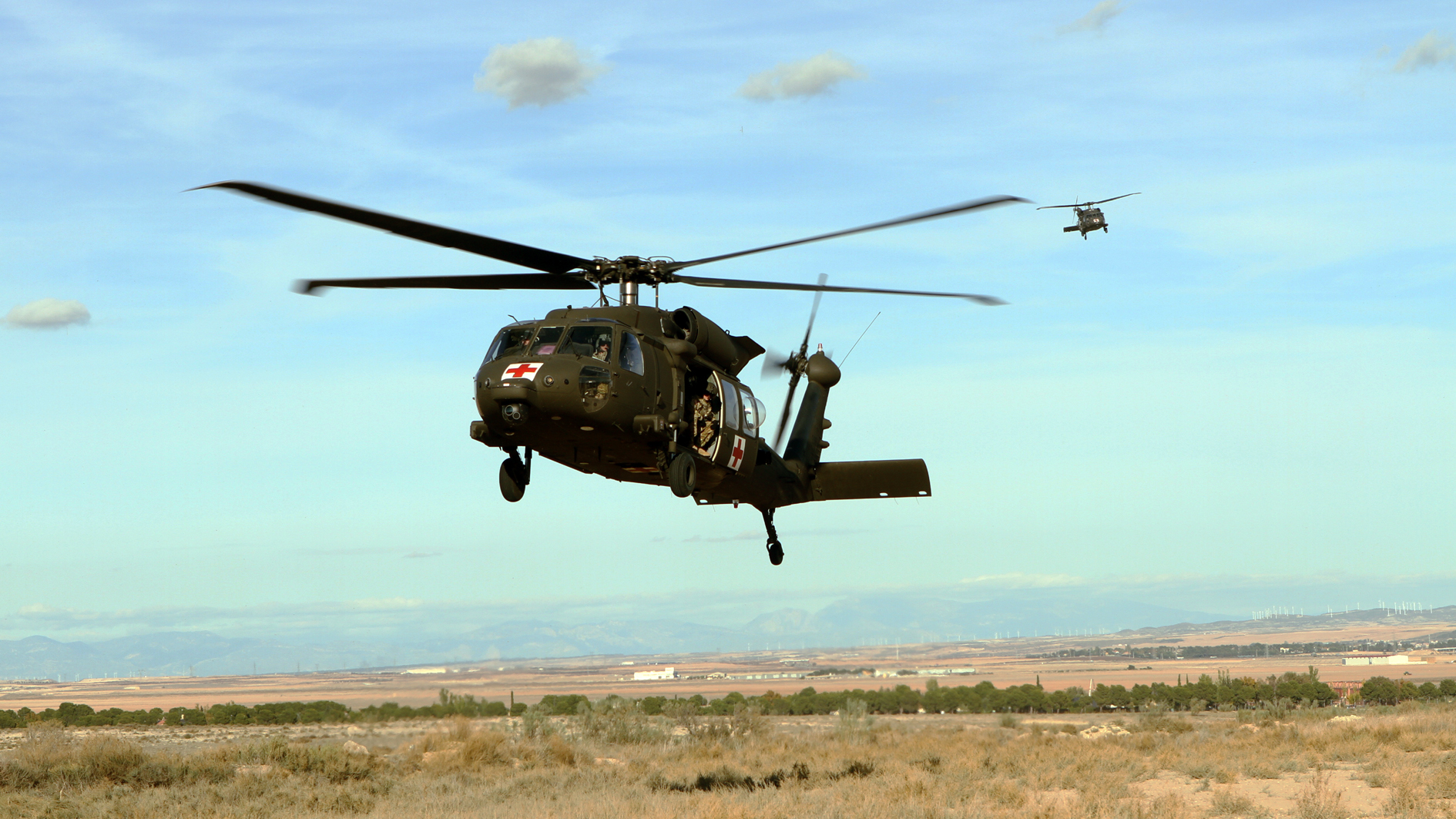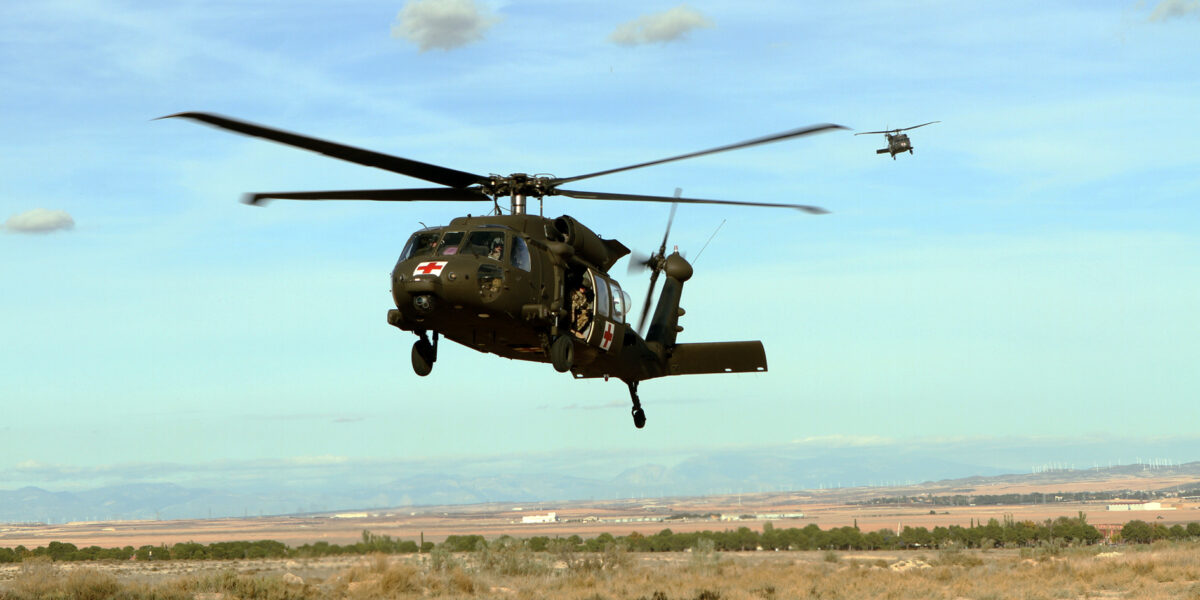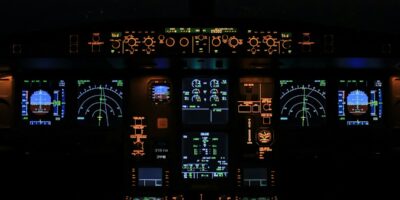Sikorsky UH-60 Black Hawk
The Sikorsky UH-60 Black Hawk is a symbol of American military versatility. This utility helicopter has served various roles since its introduction in 1979. Used globally, it stands as a reliable workhorse in the U.S. Army and several other military forces. Understanding its design, capacity, and usage provides insight into modern military aviation.
Design and Development
The Black Hawk was developed by Sikorsky Aircraft in response to the U.S. Army’s requirement for a new utility tactical transport aircraft. This new rotorcraft aimed to meet demanding specifications for troop carrying, medical evacuation, and cargo transport. The project began in the 1970s as part of the Utility Tactical Transport Aircraft System (UTTAS) program. Sikorsky’s design was selected over Boeing-Vertol’s offering.

Sikorsky’s proposal presented a helicopter with innovative designs and robust construction. Fuselage materials included metal and ballistic-tolerant composites enhancing durability. Its twin turbine engines provide substantial lift and power, enabling deployment in challenging environments. The helicopter has a four-blade composite main rotor system, designed for reliability and reduced maintenance. Advanced avionics and autonomy capabilities further augment its operational effectiveness.
Specifications and Capabilities
- Engine: Powered by two General Electric T700-GE-701 engines.
- Speed: Cruising speed of 150 knots (approximately 172 mph or 278 km/h).
- Range: Operational range of about 320 nautical miles with internal fuel.
- Capacity: Can transport up to 11 fully equipped troops or carry up to 9,000 pounds of external cargo.
- Dimensions: Length of nearly 65 feet with rotors, height of 16 feet, and width of 7.9 feet.
Its avionics suite includes a digital glass cockpit with advanced navigation and digital communication systems. Such systems enhance mission success rates by enabling operations in diverse weather conditions. The Black Hawk is not only built for utility but also adapted for combat missions. Armor plating and survivability equipment protect the crew, while multiple mounting points allow installation of weapons and countermeasure systems.
Roles and Variants
The UH-60 has evolved through numerous variants to suit different mission profiles. The basic transport model, UH-60A, was widely used during its early years. Later variants, such as the UH-60L and UH-60M, incorporated more powerful engines and advanced technologies. These upgrades improved performance, especially in high-altitude and hot-temperature scenarios.
In combat, modified Black Hawks see use in special operations, electronic warfare, and search and rescue missions. The MH-60 series includes specialized models designed for SEAL insertion and extraction. The HH-60 Pave Hawk and HH-60G see action in medical evacuation and combat search and rescue. The Black Hawk’s adaptability makes it a pivotal asset across military branches.
Operational History
The UH-60 entered service in 1979, quickly proving its worth during major conflicts. Its first major deployment occurred during Operation Urgent Fury in Grenada (1983). It played critical roles in the Gulf War (1991), providing airlift and logistics for coalition forces. Black Hawks went on to serve in peacekeeping missions in the Balkans and participated in major operations in Afghanistan and Iraq.
Missions extend beyond combat moments. Humanitarian and disaster relief operations see Black Hawks delivering aid and rescuing affected populations. They often respond swiftly to natural disasters, demonstrating versatility and reliability. During the 2005 Hurricane Katrina disaster, UH-60s provided critical evacuation and supply distribution services.
Global Use and Export
Numerous countries have acquired UH-60s through military sales and assistance programs. Its widespread use underpins its reputation as a trusted helicopter platform. Nations such as South Korea, Japan, Saudi Arabia, Australia, and Colombia operate versions of the Black Hawk. These operators have adapted the helicopter for roles including firefighting, airborne law enforcement, and civilian rescue missions.
International variants continue to maintain interoperability with U.S. forces, facilitating joint missions and training exercises. Their operations showcase the versatility and adaptability of the UH-60 in various geopolitical contexts. Each participating country often customizes their fleet for local needs and operational requirements.
Technological Advancements
Over decades of service, the Black Hawk has integrated various technological advancements to maintain its edge. Modern versions incorporate enhanced rotor blades crafted from advanced composite materials. These materials prolong blade lifespan and improve overall performance in different flight conditions.
Pilot interface and avionics have evolved with innovations in digital, autonomous, and cybersecurity technologies. Integrated communication systems now support secure global connectivity, enhancing coordination and situational awareness. Advanced targeting systems help execute precision missions with efficiency and accuracy.
Future Prospects
The UH-60 Black Hawk remains pivotal in current operations, but future rotocraft models are under consideration as potential successors. The U.S. Army’s Future Vertical Lift (FVL) program plans to introduce more advanced aircraft with greater capabilities. However, the Black Hawk’s robust design ensures it will remain active for years to come, supported by upgrades and lifecycle extensions.
The continuous innovation present in the Black Hawk program reflects an ongoing commitment to adaptability and excellence. It stands as a testament to Sikorsky’s engineering prowess and marks a significant chapter in the history of rotorcraft development.
Recommended Aviation Gear
David Clark H10-13.4 Aviation Headset – $376.95
The industry standard for aviation headsets, trusted by pilots worldwide.
Pilot’s Handbook of Aeronautical Knowledge – $25.42
The official FAA handbook – essential reading for every pilot.
As an Amazon Associate, we earn from qualifying purchases.




Subscribe for Updates
Get the latest articles delivered to your inbox.
We respect your privacy. Unsubscribe anytime.